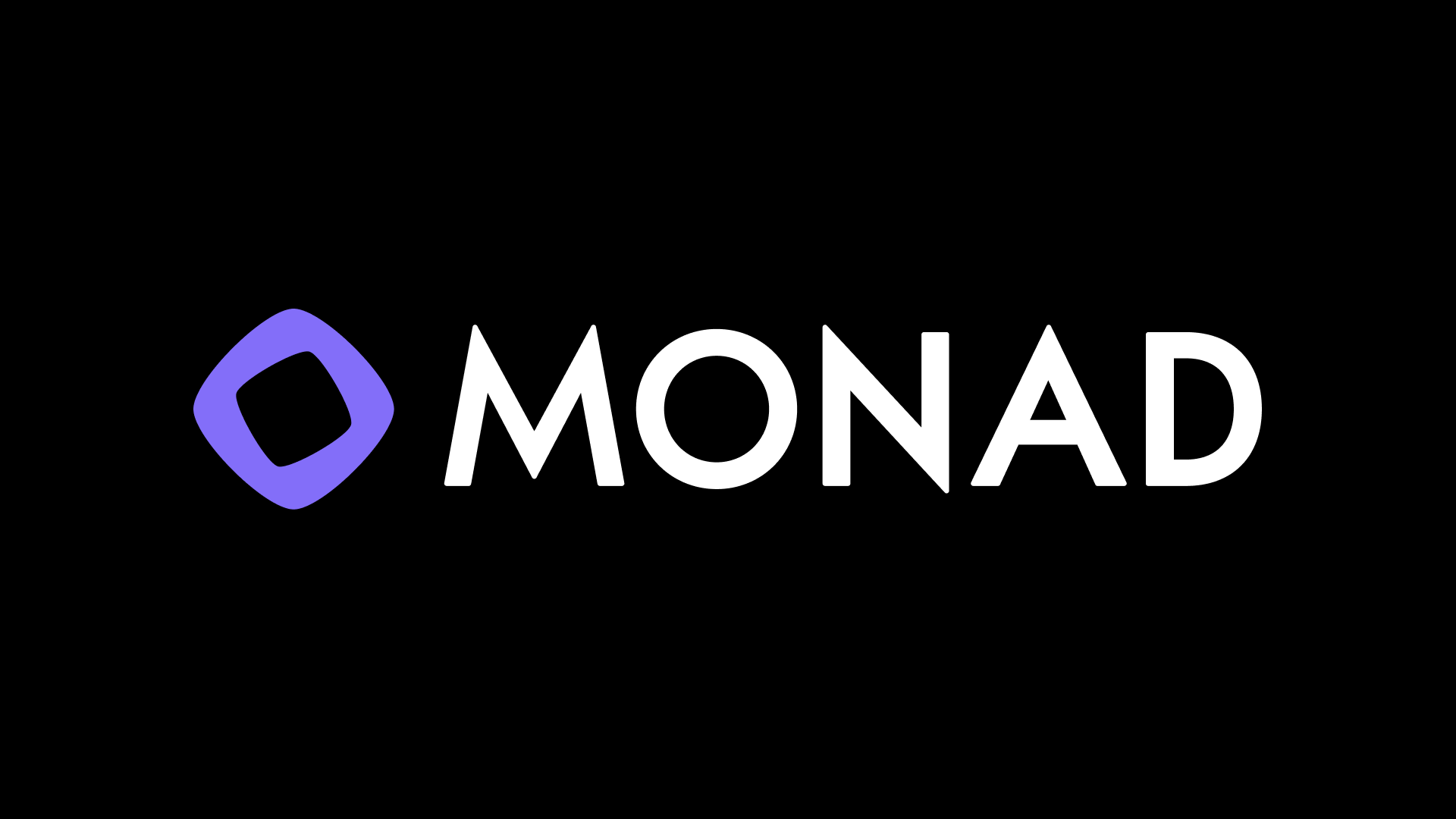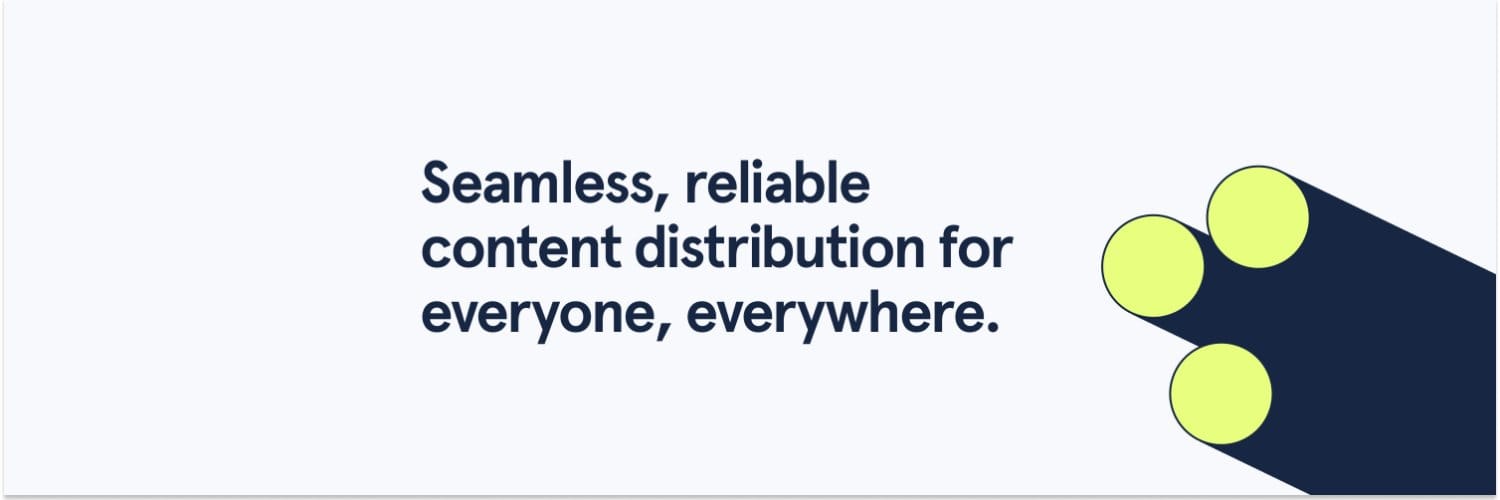Analysis of Nockchain: A ZK-Proof-of-Work Blockchain
Posted on May 29, 2025 by Admin

Introduction to Nockchain
In the fast-evolving world of blockchain, Nockchain emerges as a unique project aiming to revolutionize decentralized computing. Founded in 2023 in Berlin, Germany, Nockchain is a high-throughput blockchain leveraging a Zero-Knowledge Virtual Machine (ZKVM) and a novel ZK-Proof-of-Work (ZKPoW) consensus mechanism. With its native token, $NOCK, and a promise of a fair launch, Nockchain has sparked interest in the Web3 community. However, controversies at its mainnet launch have raised questions. This article explores Nockchain’s technology, strengths, challenges, opportunities, and how to get involved, offering a concise overview of its potential.
Core Technology
ZK-Proof-of-Work (ZKPoW)
Nockchain’s ZKPoW consensus sets it apart from traditional Proof-of-Work blockchains like Bitcoin. Instead of solving hash puzzles, miners generate zero-knowledge proofs (ZKPs) for specific computations, hash them, and earn $NOCK tokens based on their computational power. This “useful work” approach aligns with applications needing trustless, verifiable computation, such as decentralized finance (DeFi) or secure data processing. ZKPoW ensures network security while supporting privacy-focused use cases, making Nockchain a promising platform for complex Web3 applications.
Zero-Knowledge Virtual Machine (ZKVM)
The ZKVM, built on the minimalist Nock programming language, is optimized for ZKP creation and verification. Its combinator-based design enables efficient computation and storage proofs, ideal for scalable decentralized applications (dApps). Nockchain uses a 255-bit Cheetah curve, STARK-friendly, to speed up Schnorr signature verification within ZKPs while staying compatible with standard wallet tools. This balance of performance and accessibility makes the ZKVM a key strength for developers building privacy-centric dApps.
Tokenomics and Fair Launch
Nockchain’s $NOCK token has a fixed supply of 2³² (around 4.29 billion tokens), with 100% distributed to miners, avoiding pre-mines or investor allocations. This fair launch model aligns with decentralization principles. However, the mainnet launch on May 21, 2025, drew criticism when the core team, Zorp, used an optimized mining algorithm, giving them an early advantage. This sparked accusations of undermining the fair launch, damaging community trust and highlighting the need for greater transparency.
Strengths
Innovative Technology
Nockchain’s ZKPoW and ZKVM make it a pioneer in verifiable computation. By aiming to reduce ZKP costs to near zero, it opens doors for privacy-focused applications like secure voting or verifiable AI. This positions Nockchain as a leader in the growing zero-knowledge market.
Open-Source and Community-Driven
Licensed under MIT, Nockchain’s codebase is open on GitHub, encouraging community contributions. Active channels like the technical forum (forum.nockchain.org) and Telegram (t.me/nockchainproject) foster collaboration, helping developers and users shape the project’s future.
Scalability for Heavy Compute
Nockchain is a “lightweight blockchain for heavyweight compute,” designed for applications requiring significant computational power, such as decentralized AI or data storage. Its high-throughput design makes it suitable for enterprise-grade Web3 solutions.
Challenges
Launch Controversy
The mainnet launch controversy, where Zorp’s optimized mining algorithm dominated early blocks, has been a major setback. Community backlash, as seen on platforms like urbitguide.com, underscores the need for Nockchain to rebuild trust through transparency and fairer mining practices.
Technical Barriers
Mining $NOCK requires powerful hardware, limiting participation to technically savvy users with robust setups. The lack of a graphical interface or official mining pools further restricts accessibility, potentially slowing adoption among non-technical users.
Early-Stage Risks
As an experimental project, Nockchain’s unaudited components pose risks of bugs or security issues. The team’s disclaimer about no performance guarantees may deter cautious users or enterprises, requiring robust audits to build confidence.
Competitive Market
Nockchain faces 81 competitors, including StarkWare and Matter Labs, in the zero-knowledge space. Differentiating itself through unique features or superior performance will be critical to gaining market share.
Opportunities
Rising ZK Demand
The growing need for zero-knowledge solutions in DeFi, privacy, and AI offers Nockchain a chance to shine. Its focus on cost-efficient ZKPs could attract developers building next-generation dApps.
Community Rebuilding
By addressing the launch controversy with transparent actions, such as supporting mining pools or user-friendly tools, Nockchain can regain community trust and broaden its user base.
Developer Ecosystem
Nockchain’s open-source nature and active community channels provide a foundation for a strong developer ecosystem. Encouraging dApp development in areas like verifiable AI or decentralized storage could drive adoption.
How to Participate
Mining $NOCK
To mine $NOCK, users need a powerful computer and must follow these steps:
- Install Dependencies: Set up Rust and required tools per Nockchain’s GitHub instructions.
- Configure Node: Clone the .env file and generate a public/private key pair for mining.
- Run Node: Use CLI commands to start mining, connecting to peers listed on Telegram or the forum.
Solo mining is resource-intensive, so users with limited hardware should monitor for community-driven mining pools.
Using the Nockchain Wallet
The Nockchain wallet, compatible with SLIP-10, offers a familiar experience for managing $NOCK tokens. Users can set up keys and track transactions via CLI or the Nockscan block explorer, with setup details on GitHub.
Conclusion
Nockchain is an ambitious blockchain with groundbreaking technology in ZKPoW and ZKVM, poised to lead in privacy and verifiable computation. However, the mainnet launch controversy has dented its reputation, emphasizing the need for transparency and accessibility. With a competitive market and technical challenges ahead, Nockchain must rebuild trust and differentiate itself to succeed. For those interested, prepare for a technical setup and stay engaged with the community for updates. As the zero-knowledge space grows, Nockchain remains a project to watch, with the potential to shape Web3’s future if it can overcome its hurdles.
Top post

Blockcast: Accelerating the Internet, Connecting the World
What is Blockcast? Blockcast is a next-generation Content Delivery Network (CDN) that uses multicast technology to address bandwidth challenges in the era of booming streaming. Born at UC Berkeley, the project aims to build a decentralized network that leverages community power to deliver high-quality content like 4K and 8K globally while slashing costs for providers. With the slogan "Content Delivery, Powered By You!", Blockcast is not just a technology but an ecosystem where anyone can parti
June 2, 2025

Analysis of Nockchain: A ZK-Proof-of-Work Blockchain
Introduction to Nockchain In the fast-evolving world of blockchain, Nockchain emerges as a unique project aiming to revolutionize decentralized computing. Founded in 2023 in Berlin, Germany, Nockchain is a high-throughput blockchain leveraging a Zero-Knowledge Virtual Machine (ZKVM) and a novel ZK-Proof-of-Work (ZKPoW) consensus mechanism. With its native token, $NOCK, and a promise of a fair launch, Nockchain has sparked interest in the Web3 community. However, controversies at its mainnet lau
May 29, 2025

Monad: The Future of Layer 1 Blockchain with Unparalleled Performance
As the blockchain industry continues to evolve, Monad emerges as a promising Layer 1 (L1) blockchain, delivering exceptional performance and scalability. Aiming for 10,000 transactions per second (TPS), a block time of just 0.5 seconds, and full compatibility with the Ethereum Virtual Machine (EVM), Monad is capturing the attention of developers and users alike. Let’s dive into the details of this groundbreaking project and discover how you can get involved today! What is Monad? Monad is a La
May 12, 2025

Drosera Network: Revolutionizing DeFi Security and How to Run a Node
Decentralized Finance (DeFi) has transformed the financial landscape, but with great innovation comes great risk. Since 2014, DeFi protocols have lost nearly $80 billion to exploits, highlighting the urgent need for robust security solutions. Enter Drosera Network, a decentralized security protocol built on Ethereum that aims to safeguard DeFi ecosystems through automated threat detection and response. In this article, we’ll dive deep into what Drosera Network is, why it matters, and provide a s
April 20, 2025

Gensyn: Revolutionizing AI Compute and Guide to Running a Node
Introduction to the Gensyn Project Gensyn is a decentralized Machine Learning Compute Protocol designed to connect global computing resources into a supercluster tailored for artificial intelligence (AI). Developed by a UK-based team, Gensyn aims to reduce the costs of training AI models, increase accessibility for researchers, engineers, and academics, and ensure transparency and censorship resistance through blockchain technology. Goals and Vision * Cost Reduction: Gensyn claims it can cu
April 14, 2025

Pipe Network: The Future of Decentralized CDN and Opportunities from the Node DevNet 2 Program
In the digital era, where the speed of content delivery is a critical factor, content delivery networks (CDNs) have become indispensable in ensuring a seamless user experience. However, giants like Cloudflare and Akamai, while powerful, remain constrained by their traditional centralized models. Enter Pipe Network—a decentralized CDN built on the Solana blockchain—emerging as a fresh contender promising to revolutionize how we approach content distribution. Notably, its current Node DevNet 2 pro
March 18, 2025